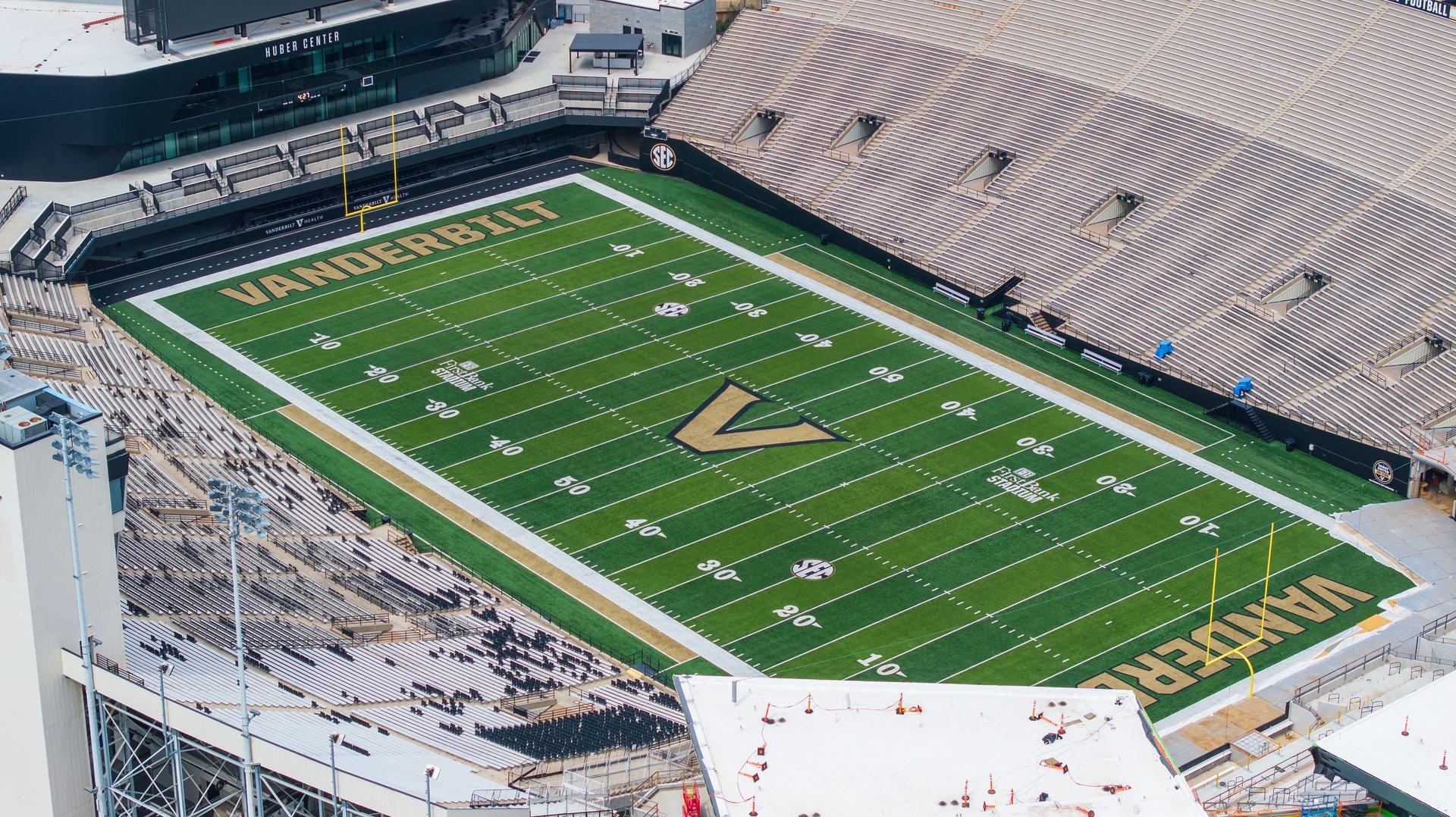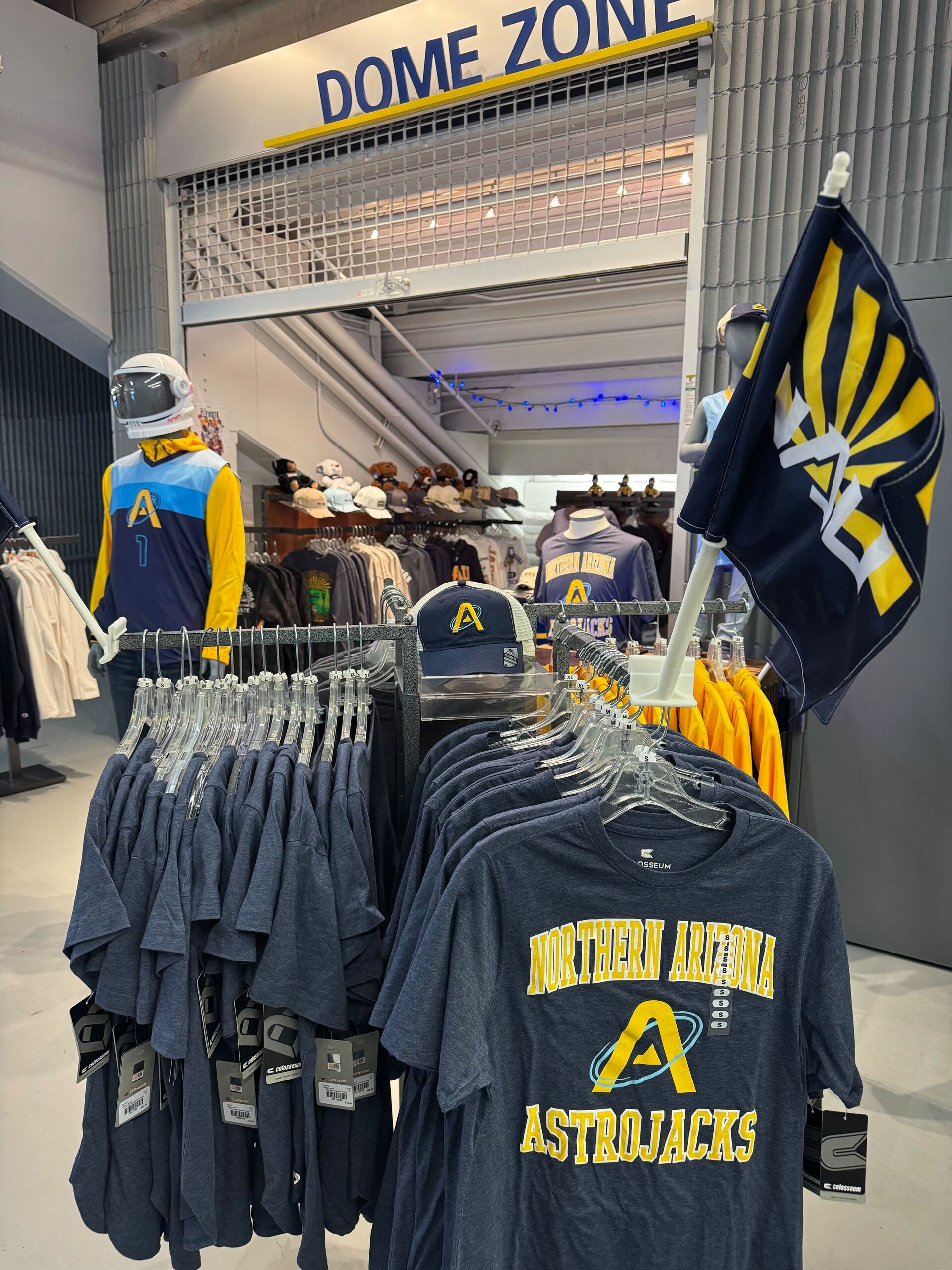Good morning, and thanks for spending part of your day with Extra Points.
The following newsletter is part of a paid sponsorship with Fanbox.

Everybody in college sports is looking for more revenue. It’s not just because athletic programs now need to allocate enough resources to pay athletes directly; labor, construction, fundraising and materials costs are increasing all over the industry.
There’s no single solution to most schools’ revenue problems. Some will likely to look to reevaluate their existing multimedia rights agreements to try to drive more sponsorship revenues. Others may change how they schedule games, look to cut equipment and software costs or find ways to host more events on campus.
Terry Comer, the CEO of Fanbox, has a different concern.
“Everything is so revenue driven, and we understand why,” he said. “But we’re worried that when everybody is chasing revenue, the things you do may be short-term solutions. You’re incentivized to do things that conflict with your mission, things that come at the expense of fans.
“We call these fan taxes. You’re increasing ticket prices. You’re increasing concessions. You’re increasing prices, but you’re delivering the same experiences.”
Though not every school is moving in that direction, several are. Tennessee announced it’ll add a 10 percent “talent fee” as a ticket surcharge after already increasing prices. Arkansas is adding new fees to concessions. South Carolina is expanding student fees.
As Nels Popp, a business professor at the University of North Carolina, told WCNC News: “You can pay more for tickets, put a sponsor patch on the uniforms, cut non-revenue sports or [start calling] the Big 12 the ‘Dr. Pepper Conference.’ I don’t think fans are anxious for any of those, but what might they be willing to accept? I think that's what athletic departments have to figure out.”
Comer thinks those aren’t the only possible solutions.
“What we want to do is help schools flip that pyramid and put fan experience at the top,” he said. “If you create experiences that have never been possible before, revenue will be the byproduct.”
And when Comer talks about fan experiences, he isn’t just talking about on gamedays in stadiums.
Part of the challenge when talking about fan experiences is that inside the stadium isn’t the only place where fans experience fandom. If giving preferential ticket access is the only leverage point schools use to reward gifts or to encourage fan behavior, they’re missing out on fans who live out of state or don’t go to games very often.
As Khalil Thompson, the product design head at Fanbox, put it: “Why aren’t you, as a department, investing in fans who can’t drive to the games on a regular basis? Or who are expressing their fandom beyond gameday?”
When a fan posts on a message board or meets up with friends at a bar or decorates their office or expands their memorabilia collection, the Fanbox crew sees that as just as much part of the fan experience as screaming from the stadium. And fans can do all that other stuff a lot more than just 25 times a year.
Those are the principles that guide what the two are doing with the actual Fanbox product. The company isn’t just selling subscription boxes with curated memorabilia, although it is. Comer sees the product as the centerpiece to a future fan loyalty program that gives athletes core experiences while developing and constructing new fan traditions beyond game day.
A UNC-themed box, for example, might include custom-designed posters signed by various Tar Heel athletes and QR-enabled with behind the scenes, branded content, as well as authenticated autographs of various trading cards from your favorite players — all of which serve as important revenue drivers.
But Comer wants the boxes to serve as more than just delivery vehicles for licensed products. It’s one thing to get an autograph from an athlete in a box … but why not get an invitation to shake that player’s hand after the game or at a later event? What about a personalized video message from an athlete? What about a shirt or a headband that fans can wear for a special game? Or the lyrics to school songs or traditions?
Comer and Thompson imagine a world where the boxes don’t just provide cool products at regular intervals, but also an opportunity to create and develop new traditions that start in the home. The two speak obsessively about helping athletic departments own the FanCave.

“I’ll give you an example, “ Comer said. “Last season, I took my daughter to see an Atlanta Hawks game. And we get killed by 30 points. Normally, I’d be frustrated with another miserable drive home. But that night was Killer Mike bobblehead night. My daughter was able to get her collectible signed by Killer Mike in person. And that’s all she can talk about to her friends. That shared experience that we had together.”
I think the important philosophical point here is to remember that stuff isn’t just stuff when it comes to college sports. A shirt is, or at least should be, more than just a shirt.
Thompson told me that when he was a kid, he loved collecting sports cards. And it wasn’t just the cards themselves that he loved, but the ritual behind collecting. You didn’t know what was in the pack … so you imagined that you lucked into an autographed legend. Then there was the ritual of organizing the cards, putting them into binders, displaying them, sharing them.
You cared about the physical cards, of course. But much of the ritual and mythology around card collecting was social. That’s part of the magic Fanbox is recreating.
I get it, and so do the thousands of fans pouring into their social feeds raving about their fandoms and experiences.
I remember a conversation I had, very early in the Extra Points era, with former New Mexico State athletic director Mario Moccia. Back then, New Mexico State was uncommonly aggressive in licensing its IP for beer, liquor, salsa, coffee and other products. Sure, the department did it to earn revenue. New Mexico State doesn’t have a massive TV contract, and every dollar counted. But the school also did it because it wanted fans to have a positive experience with the brand that didn’t depend on the team winning a football or basketball game.
No school can really control how good or bad its athletic program will be on a given day. But it can work to control how people feel about that brand.
I believe that’s a smart idea … and it’s a big part of why I now have a gazillion pennants in my office. When I first started collecting these, I focused on trying to get them for places I’d attended or lived. Denison. American. Ohio State. Sacramento State. Tulane.
Then I found myself picking one up whenever I went on a reporting trip. Queens. Montana State. Fairfield. Coastal Carolina. Grand Canyon.
But then, a funny thing happened. People started sending them to me. They wanted to see their school represented when I did a hit on TV or an interview. Now, my wife jokes that my office looks like a high school guidance counselor’s. It’s nearly floor-to-ceiling with pennants.
And it leads almost every interview or conversation I have as a reporter now. It’s become a talking point, a way to build connections, a brief reminder that I’m not just a voice that you read on your phone first thing in the morning.
And while I think most readers would agree it would be a mistake to insinuate that you can distill the fan experience to purely consumption, there are rituals and emotions and a togetherness that can come from stuff. But only if you understand that that baseball card, or hoodie, or pennant, isn’t just stuff.
It’s stuff you experience together.
For more information about Fanbox, check out their website.

















